In village 10, Duc Tin commune, Duc Linh district, there is the family of a young couple, Pham Chi Cong - Bui Thi Le, who got married 9 years ago but have had nearly 7 years of economic difficulties, at times becoming a poor household.
But in the past 2 years, Mr. Cong's family has switched to growing mulberry trees to raise silkworms with new varieties, has a good income, has escaped poverty, and has stabilized their lives.
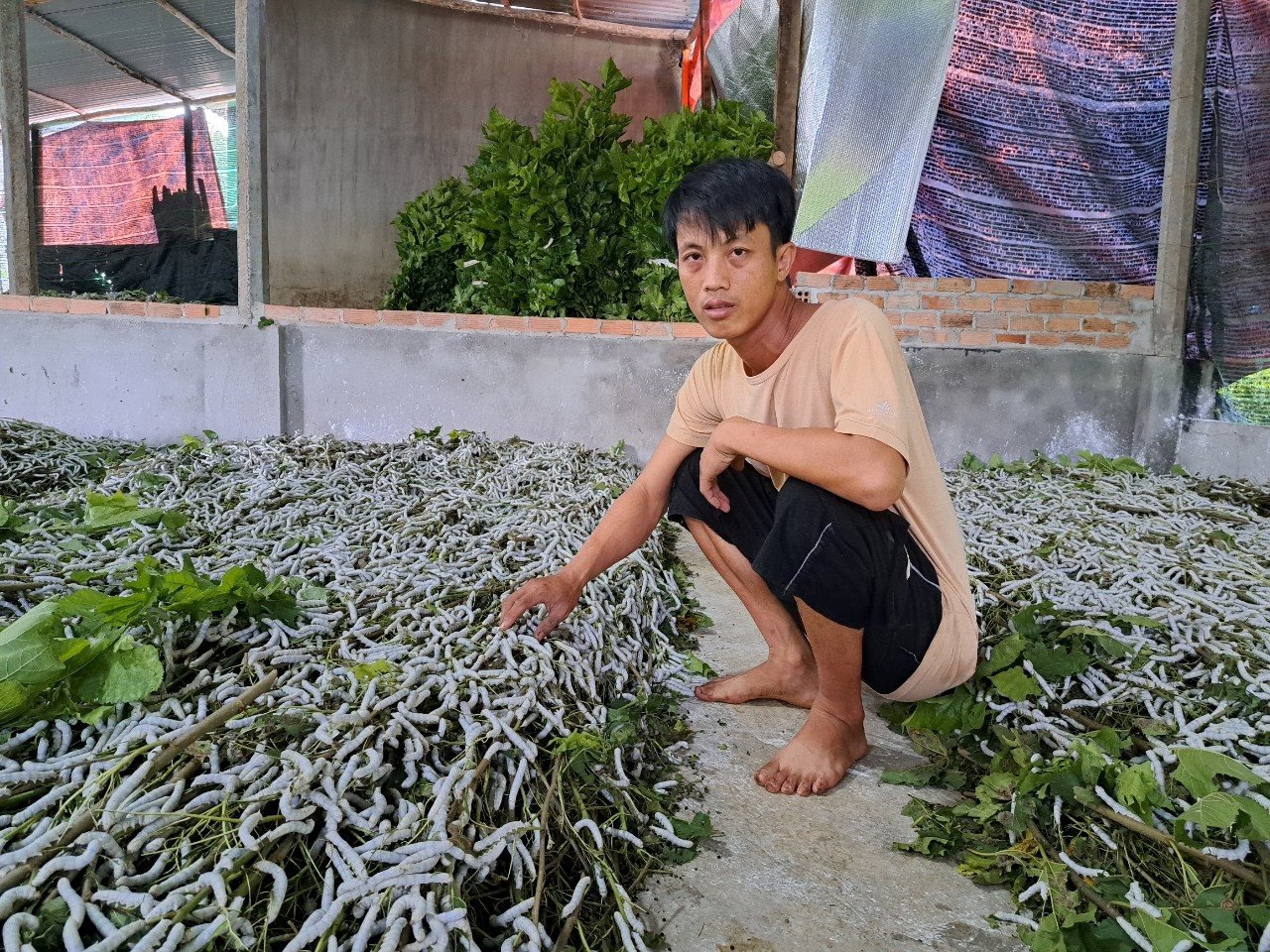
When he first got married, his father gave him and his wife 1 sao of land and bought 4 more sao of rice fields to produce 2 rice crops to make a living. Mr. Cong bought this field at a low price because the soil was not fertile, so rice cultivation did not yield high yield.
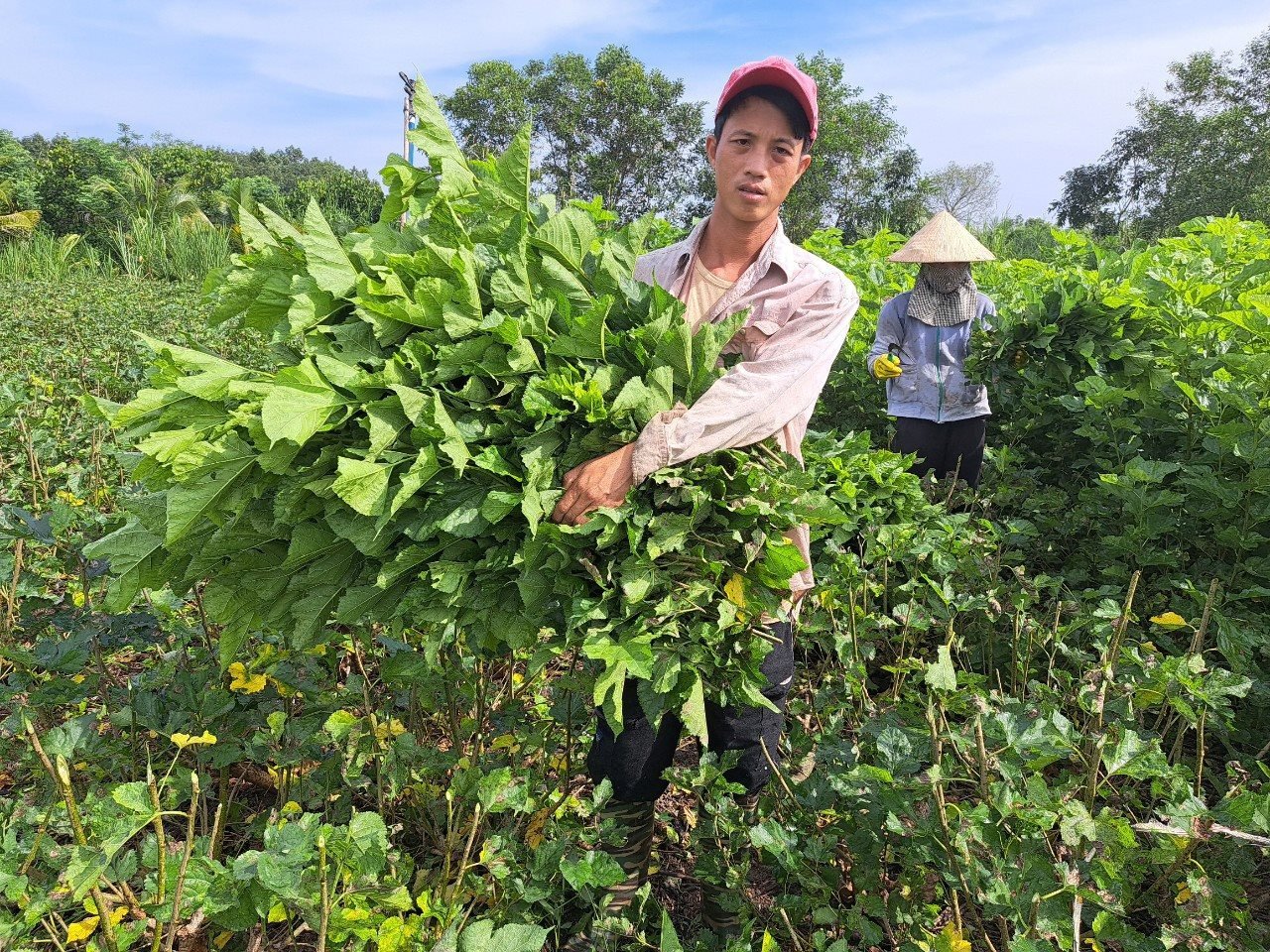
Not discouraged, Cong sought a new direction to develop his family's economy. Through research and learning, Cong decided to grow mulberry and raise silkworms. First, Cong's family converted 5 sao of rice fields into 4 sao of mulberry land and 1 sao of fish pond, mainly to irrigate the mulberry during the dry season. The mulberry variety Cong planted was a new mulberry variety called F7, also known as Tam Boi, meaning its yield was 3 times higher than the local mulberry variety that farmers used to grow. This new mulberry variety has the advantage of large, thick leaves that wither slowly, has more nutrients, and a 2 times higher yield, and if planted and cared for properly, the yield will even be 3 times higher than the local mulberry variety, or what farmers call the "Ta" mulberry variety. After 3.5 months of planting, Cong started raising silkworms.
The silkworm breed he raises is also a new breed, which according to many people originates from China, and is sold and purchased by a trader in Bao Loc City, Lam Dong Province. Compared to the local “Da Trang” silkworm breed that people raised in the past; this new silkworm breed has stronger resistance and eats well; when the silkworms grow up, leave the mulberry branches and leaves for them to eat, saving the effort of pruning and picking leaves. The yield of the new silkworm breed is quite high, 1 box of silkworm breeds yields an average of 50 kg of cocoons, 15 kg higher than the old “Da Trang” silkworm breed.
At first, Mr. Cong only raised 1 box of silkworm seeds. It should also be added that the silkworm seeds that Mr. Cong bought were raised by the breeding facility for 1 week before being sold. Therefore, he only needed to raise them for 2 more weeks before the silkworms were put on the net, also known as the cocoon, and 4 days later, they were harvested for sale. If the weather was too cold, the silkworm raising time could be extended by 1 day. Right from the first raising period with a scale of 1 box of silkworm seeds, in less than 20 days, Mr. Cong collected 50 kg of cocoons, sold at 120,000 VND/kg, earning 6 million VND, calculating a net profit of 4.5 million VND. Currently, Mr. Cong's family has a total of 1.7 hectares of mulberry land, each raising period of 4-5 boxes of silkworm seeds. At peak times, Mr. Cong also hired 2 workers to harvest mulberry seeds to raise silkworms. Mr. Cong added: Although silkworms can be harvested in no more than 20 days, more time should be spent cleaning the barn, so it is best to raise one batch of silkworms per month. The advantage is that in 2022 and 2023, the price of cocoons will increase, each kilogram of cocoons costs from 170,000 to 180,000 VND; nearly 1.5 times higher than in 2021. Accordingly, the profits of mulberry growers and silkworm breeders are increasing. Currently, by growing mulberry to raise silkworms, Mr. Cong's family earns a net profit of 200 million VND per year.
Source




![[Photo] National Assembly Chairman Tran Thanh Man attends the VinFuture 2025 Award Ceremony](/_next/image?url=https%3A%2F%2Fvphoto.vietnam.vn%2Fthumb%2F1200x675%2Fvietnam%2Fresource%2FIMAGE%2F2025%2F12%2F05%2F1764951162416_2628509768338816493-6995-jpg.webp&w=3840&q=75)







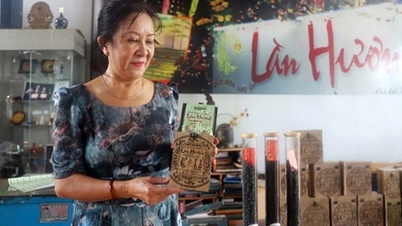






















![[Photo] 60th Anniversary of the Founding of the Vietnam Association of Photographic Artists](/_next/image?url=https%3A%2F%2Fvphoto.vietnam.vn%2Fthumb%2F1200x675%2Fvietnam%2Fresource%2FIMAGE%2F2025%2F12%2F05%2F1764935864512_a1-bnd-0841-9740-jpg.webp&w=3840&q=75)








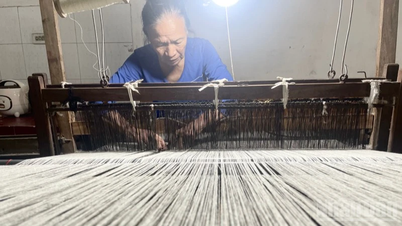













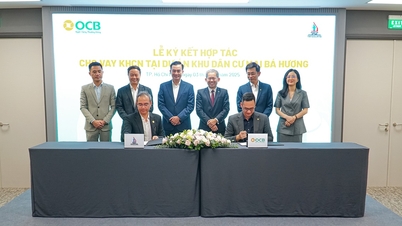






















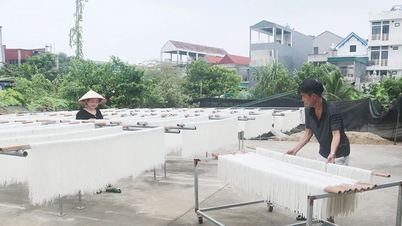

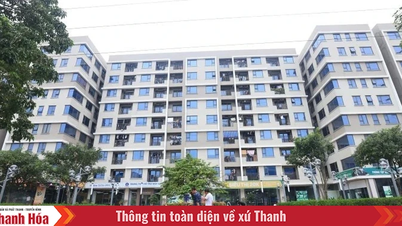























Comment (0)